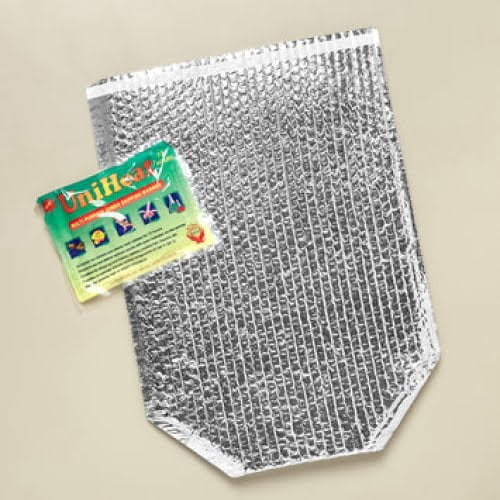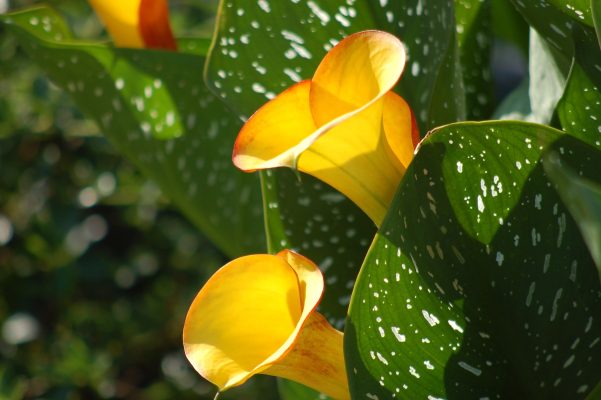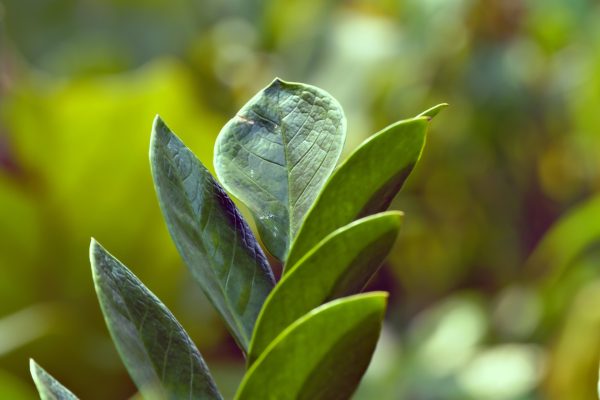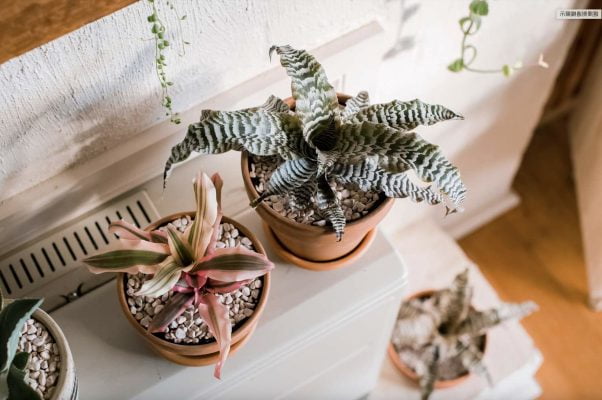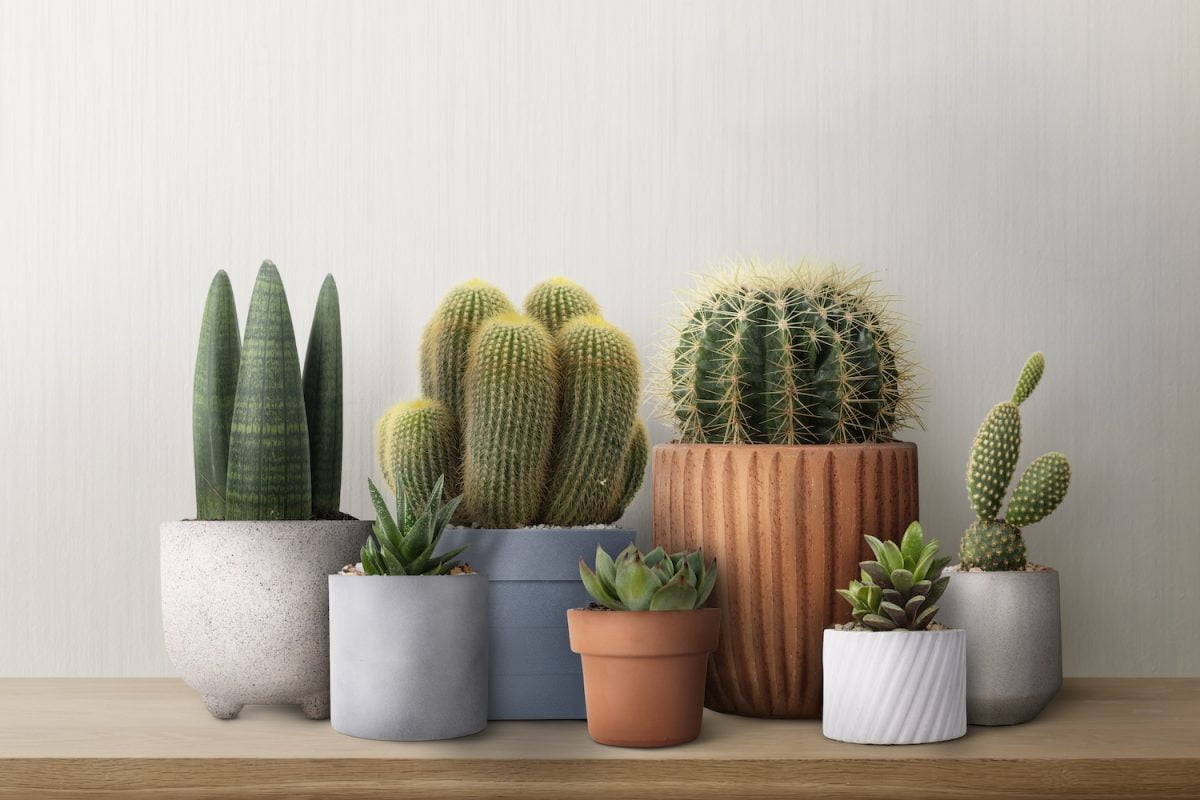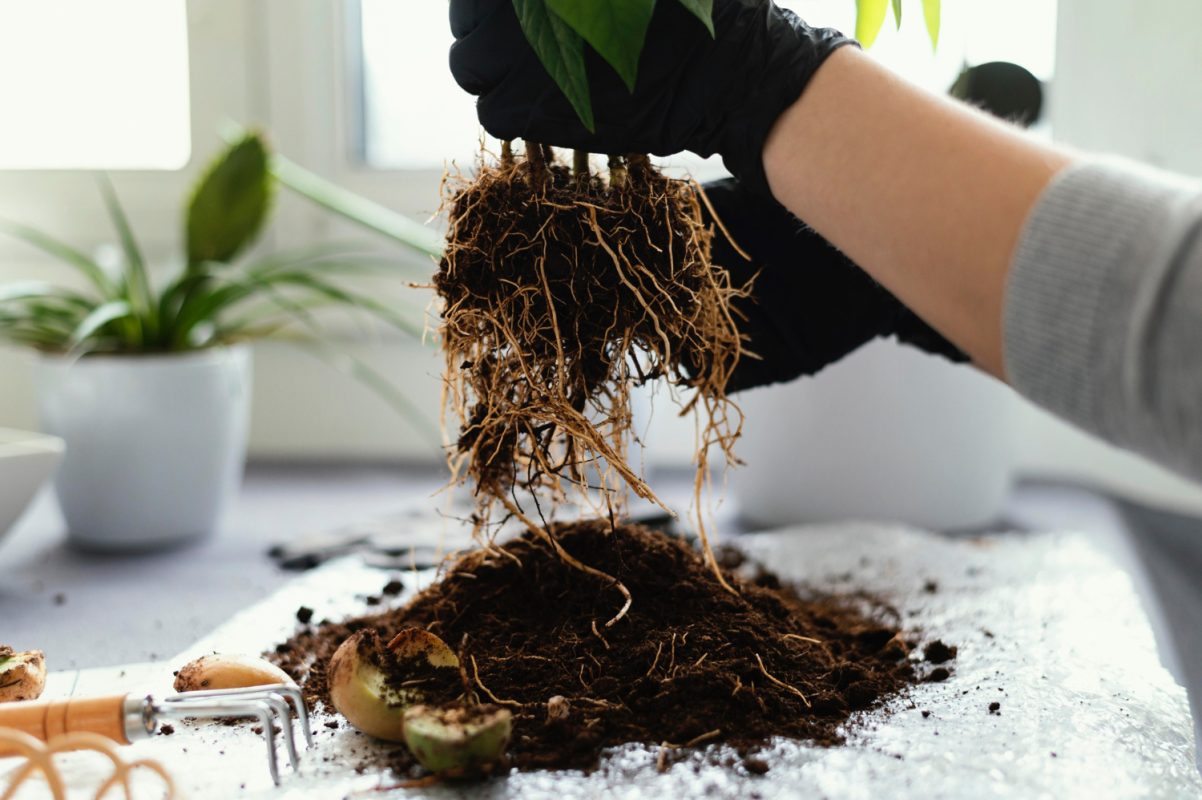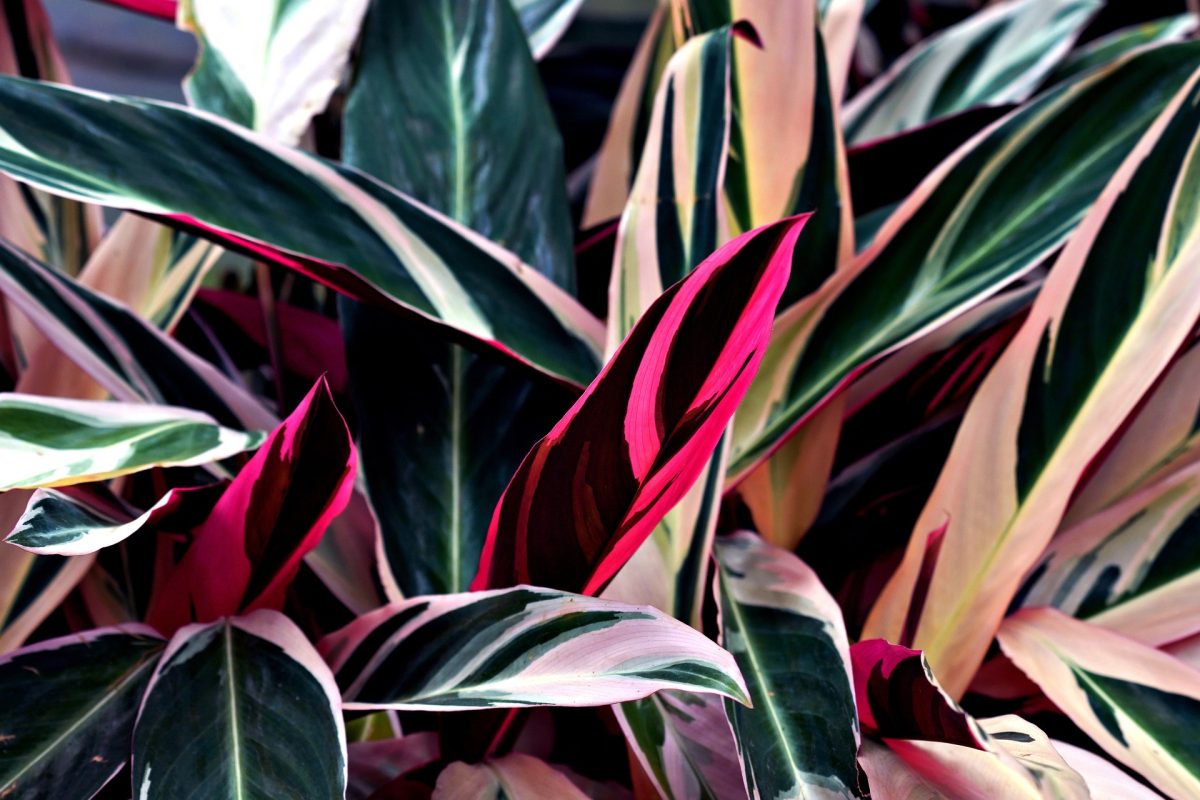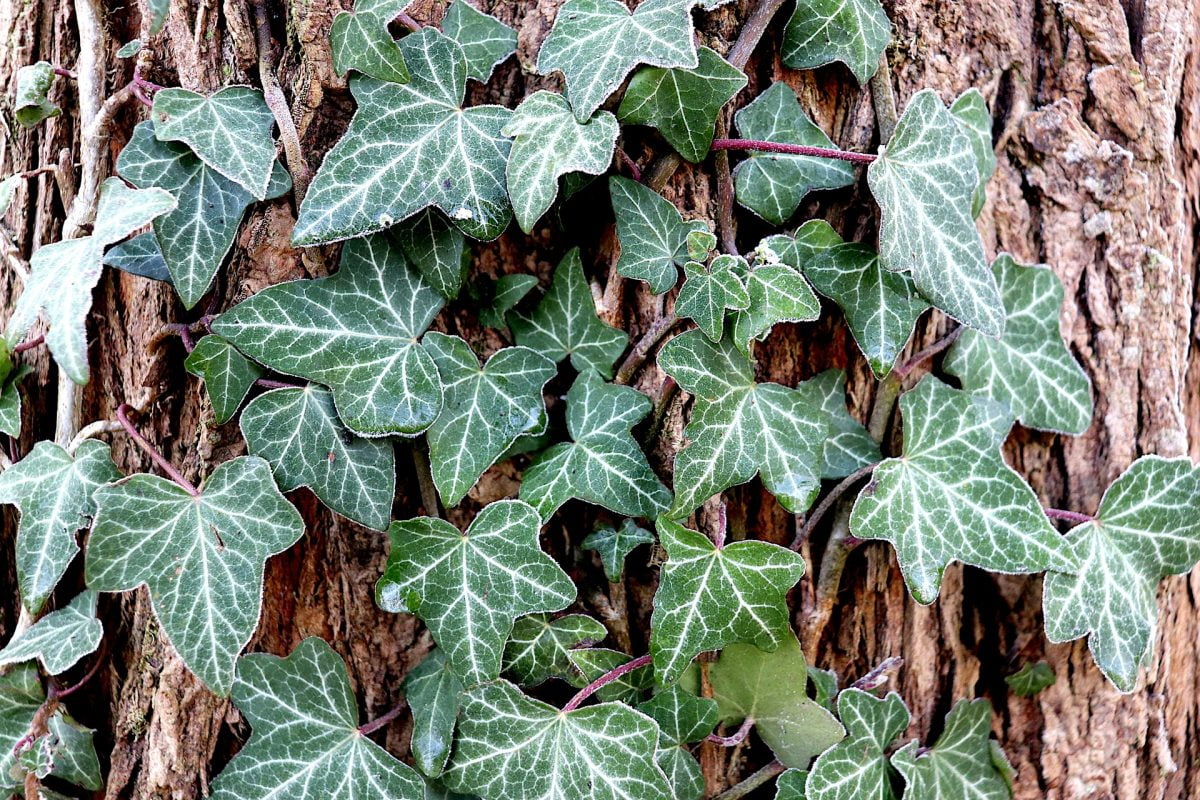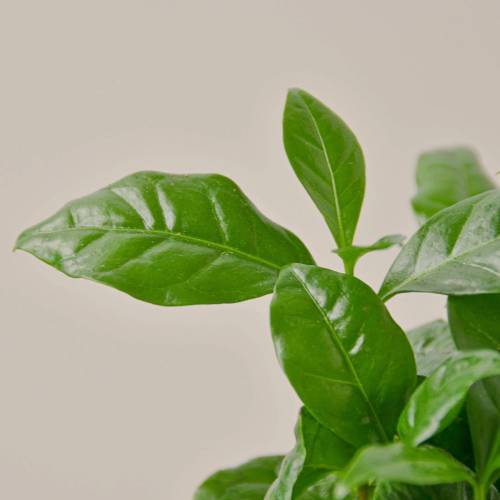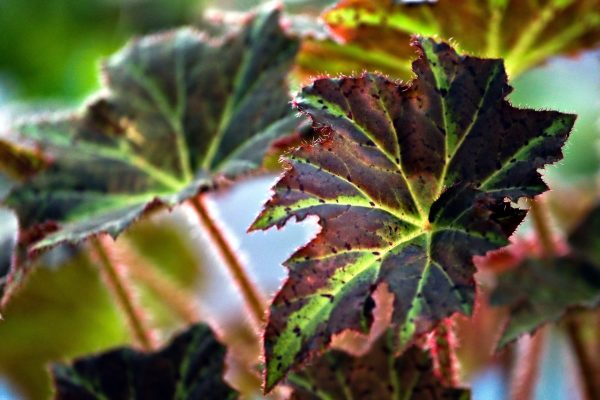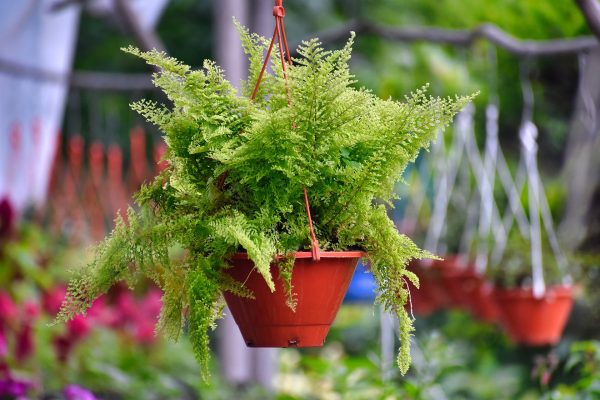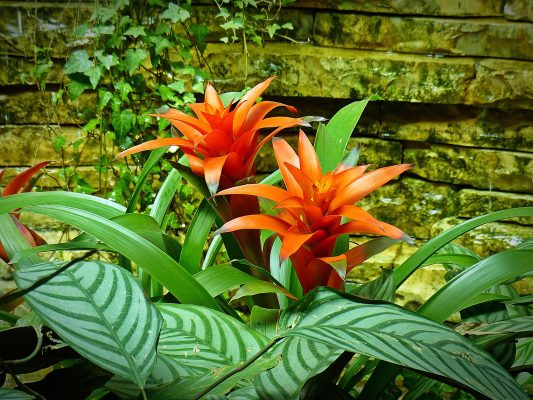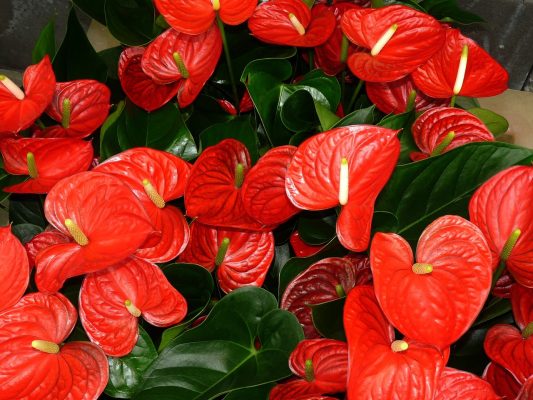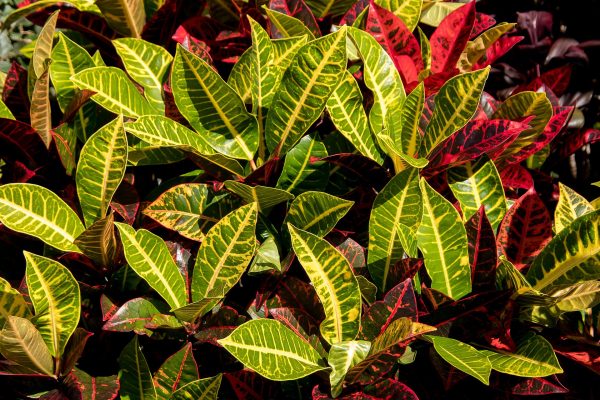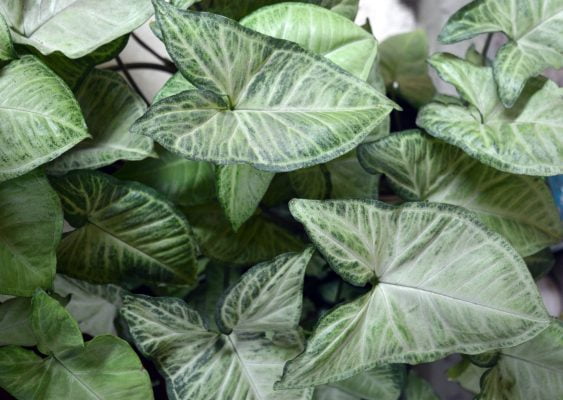The Coffee Tree, scientifically known as Coffea spp., is the source of the beloved beverage that kickstarts our mornings. This comprehensive care guide is your key to cultivating a thriving Coffee Tree, allowing you to enjoy the satisfaction of growing your own coffee beans and relishing the process from plant to cup.
I. Plant Overview:
- Scientific Name: Coffea spp.
- Common Names: Coffee Tree, Arabica Coffee, Robusta Coffee
- Origin: Native to tropical regions of Africa and Asia.
II. Light Requirements:
- Ideal Conditions: Bright, filtered light. Avoid direct sunlight, especially in hot climates.
- Tolerance: Can tolerate lower light conditions, but growth may be slow, and productivity may decrease.
III. Watering:
- Frequency: Keep the soil consistently moist but not waterlogged. Water when the top inch of soil feels slightly dry.
- Water Quality: Use room-temperature water. Ensure good drainage to prevent root rot.
- Humidity: Coffee Trees thrive in higher humidity. Regular misting or placing a humidity tray nearby can be beneficial.
IV. Soil:
- Type: Well-draining, acidic soil with good organic content. A mix for acid-loving plants or potting mix for fruits is suitable.
- pH Level: Slightly acidic to neutral (pH 6.0-6.5).
V. Temperature and Humidity:
- Temperature: Maintain a warm environment between 60-70°F (15-24°C). Protect from cold drafts.
- Humidity: Coffee Trees prefer higher humidity. If your home is dry, consider using a humidifier or placing the plant in a group with other plants.
VI. Fertilization:
- Schedule: Feed every 4-6 weeks during the growing season (spring and summer).
- Fertilizer: Use a balanced fertilizer with micronutrients. Dilute to half strength to avoid over-fertilizing.
VII. Pruning and Maintenance:
- Pruning: Trim back leggy growth and remove any dead or yellowing leaves. Shape the tree for a bushier appearance.
- Cleaning: Wipe leaves with a damp cloth to remove dust, allowing better light absorption.
VIII. Repotting:
- Frequency: Repot every 2-3 years or when the plant outgrows its container.
- Procedure: Gently remove the plant, inspect roots, and repot in fresh soil. Choose a container with drainage holes.
IX. Common Issues and Solutions:
- Yellowing Leaves: Overwatering, underwatering, or nutrient deficiency. Adjust watering and fertilization accordingly.
- Pests: Watch for pests like aphids or scale. Treat with insecticidal soap or neem oil.
- Leaf Browning: Dry air or exposure to direct sunlight. Increase humidity and provide shade if needed.
X. Propagation:
- Method: Seeds or stem cuttings.
- Timing: Best done in spring.
- Process: Plant fresh coffee seeds in a seed-starting mix or take stem cuttings with at least two nodes. Provide consistent warmth and moisture until roots develop.
Growing your own Coffee Tree is a delightful journey from plant care to brewing your own cup of coffee. This guide equips you with the knowledge to nurture a thriving Coffee Tree, bringing the joy of homegrown coffee to your daily ritual. Happy gardening and brewing!
our recommendation
you may also want to know



